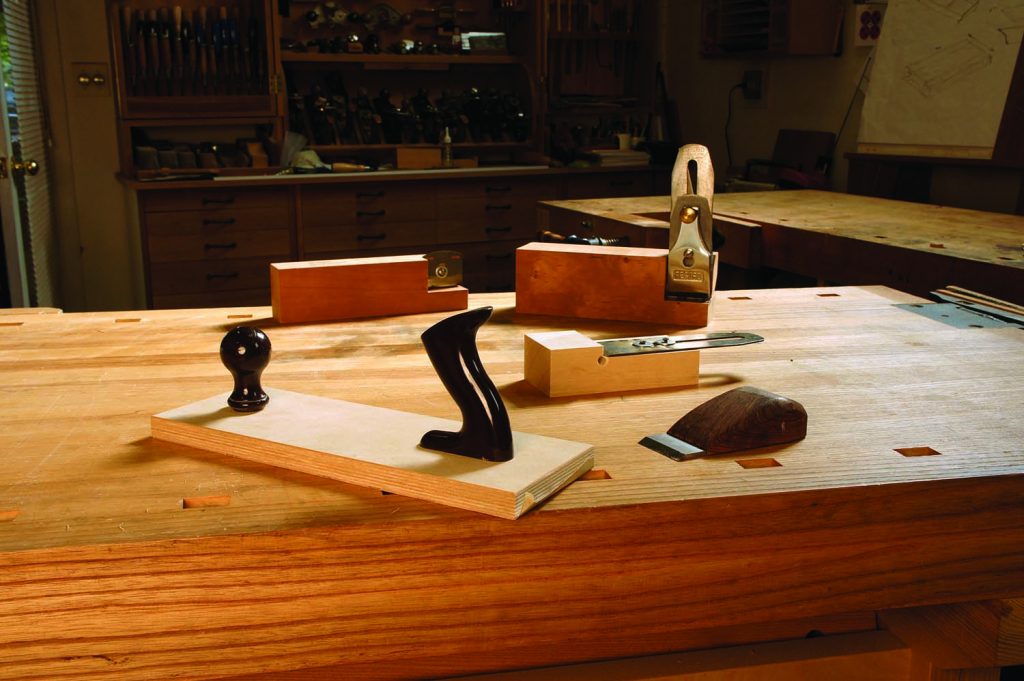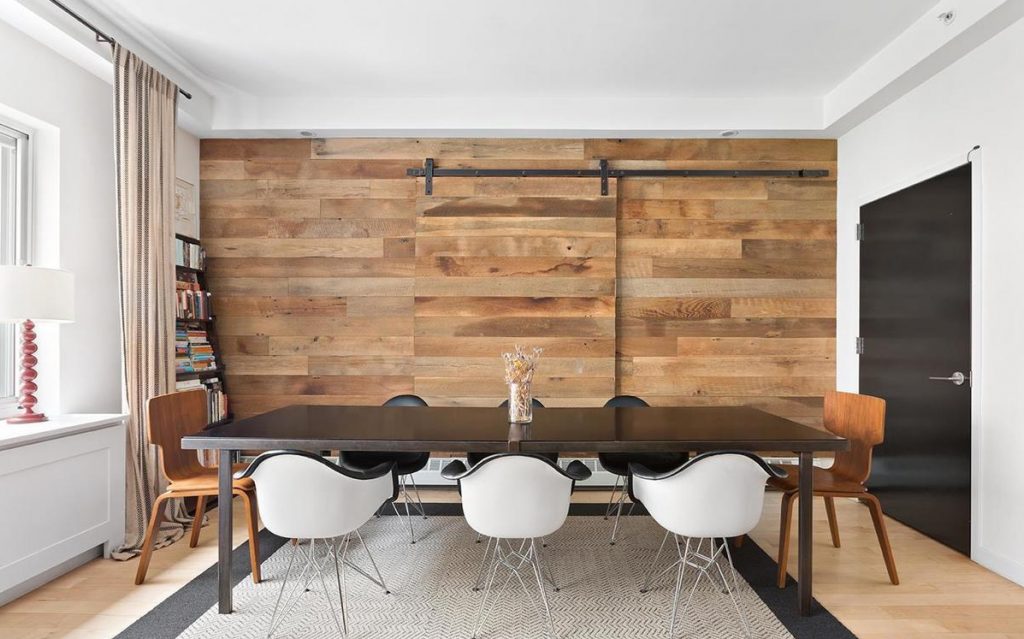Woodturning is a captivating craft that allows you to transform a simple block of wood into intricate and beautiful creations. Whether you’re a beginner or have some experience in woodworking, mastering the art of woodturning can open up a world of creative possibilities.
In this article, we will delve into the basics of woodturning, focusing on the lathe machine and exploring various turning projects. Get ready to unleash your creativity and embark on a journey into the fascinating world of woodturning.
Understanding the Lathe
The lathe is a central tool in woodturning that enables you to shape and carve wood while it rotates. It consists of several key components:
- Bed: The bed is the base of the lathe, providing stability and support for the other components. It is usually made of sturdy metal or cast iron.
- Headstock: The headstock houses the motor and spindle. It is responsible for rotating the workpiece at various speeds.
- Tailstock: The tailstock supports the other end of the workpiece and can be adjusted to accommodate different lengths. It also includes a quill and a live center for added stability.
- Tool Rest: The tool rest is an adjustable support that holds the turning tools while you shape the wood. It ensures stability and safety during the turning process.
- Spindle: The spindle is the rotating component of the lathe, connected to the headstock. It holds the workpiece securely and allows for precise shaping and carving.

Turning Tools and Techniques
To effectively use the lathe, you need to familiarize yourself with essential turning tools and techniques. Here are some commonly used tools:
- Gouge: Gouges have a curved cutting edge and are used for roughing out the shape of the workpiece.
- Skew Chisel: Skew chisels have a flat cutting edge angled at around 60 degrees. They are versatile tools used for shaping, smoothing, and creating intricate details.
- Parting Tool: Parting tools have a narrow, pointed blade used for creating grooves, separating the workpiece, and defining the final shape.
- Scraper: Scrapers have a flat or curved cutting edge and are used for smoothing the wood surface and refining details.
Woodturning projects can range from simple to complex, depending on your skill level and desired outcome. Here are a few beginner-friendly projects to get you started:
- Pen Turning: Pen turning is an excellent project for beginners. It involves turning wooden pen bodies on the lathe and assembling them with pen kits. This project allows you to practice basic woodturning techniques while creating functional and customizable writing instruments.
- Bowl Turning: Bowl turning introduces you to the process of creating hollow forms. Start with smaller bowls and gradually progress to larger ones as you gain confidence. Experiment with different wood species and explore various bowl shapes and designs.
- Bottle Stoppers: Turning bottle stoppers is a fun and practical project. You can create unique and decorative stoppers to preserve the freshness of wine bottles or other beverages. Explore different designs, such as traditional shapes or more artistic interpretations.
- Tool Handles: Crafting tool handles is a great way to personalize your woodworking tools. Turn handles for chisels, carving knives, or other hand tools, customizing the shape and size to fit your grip comfortably.
Safety Considerations
Woodturning involves sharp tools and rotating machinery, so it’s crucial to prioritize safety. Here are some safety guidelines to follow:
- Wear Safety Gear: Always wear safety glasses or a face shield to protect your eyes from flying wood chips. Use hearing protection to reduce noise exposure, and consider wearing a dust mask to minimize inhalation of wood particles.
- Secure Workpieces Properly: Ensure that the workpiece is securely mounted on the lathe using the appropriate chuck or faceplate. Check for any cracks or defects in the wood that could compromise its stability during turning.
- Keep a Safe Distance: Maintain a safe distance between your body and the spinning workpiece. Avoid loose clothing or jewelry that could get caught in the lathe.
- Sharp Tools: Keep your turning tools sharp and properly maintained. Dull tools can be dangerous and can cause accidents. Sharpen or replace them as needed.
Woodturning is a captivating craft that allows you to shape and create beautiful objects from blocks of wood. By understanding the lathe and familiarizing yourself with turning tools and techniques, you can embark on a rewarding journey into the world of woodturning.
Start with beginner-friendly projects, such as pen turning or bowl turning, and gradually expand your skills and repertoire. Remember to prioritize safety at all times and enjoy the process of transforming raw wood into stunning works of art.
Let your creativity flow and embrace the joy of woodturning as you embark on this fulfilling and creative woodworking journey.



